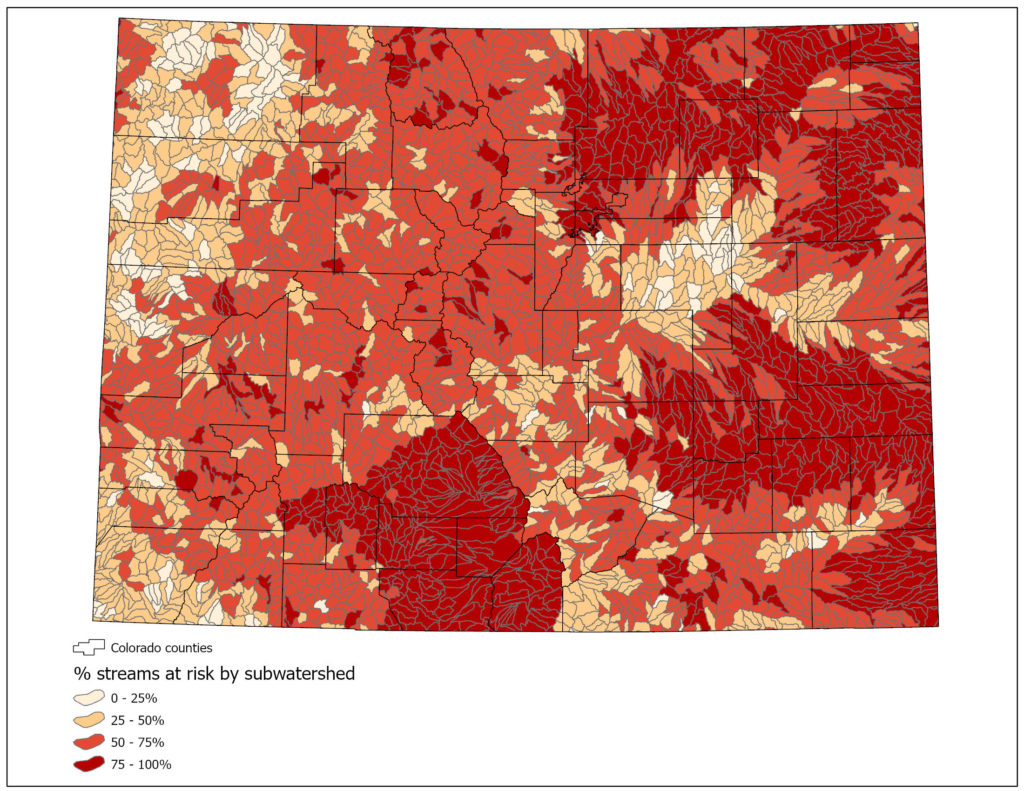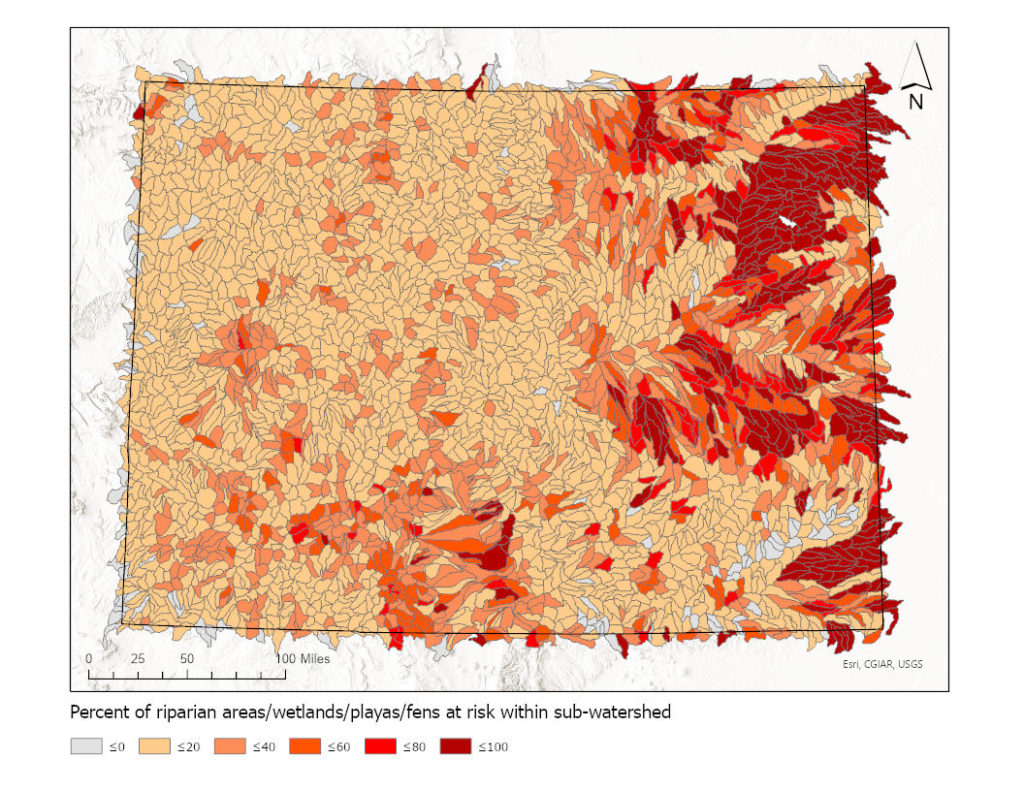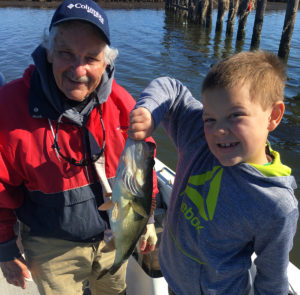Conservationists call for renewed commitment to habitat restoration and other key priorities
Today, the U.S. Geological Survey released a report that raises serious questions about the future of the greater sage grouse and its ecosystem.
Report findings showed an overall 80-percent decline in sage grouse populations in the western United States since 1965, with an average annual rate of loss estimated at 3 percent, a full percentage point higher than in previously available data prepared for the Western Association of Fish and Wildlife Agencies.
“The fact that sage grouse populations are trending even further in the wrong direction should be taken very seriously by hunters, conservationists, wildlife managers, and all citizens of the American West,” said Whit Fosburgh, president and CEO of the Theodore Roosevelt Conservation Partnership. “There is no question that this deeper range-wide loss of birds is indicative of the continued loss and degradation of habitat, and stakeholders at every level need to regroup fast to determine a path forward that creates lasting conservation impacts for these iconic game birds.”
In a separate report released on March 9, the USGS found that sagebrush habitat is being lost at an alarming rate due to mining and energy development, conversion to cropland, invasive grasses, and altered wildfire cycles. Since 2000, more than 20 percent of priority sage grouse habitat within the Great Basin alone has burned.
“Sagebrush ecosystems are experiencing declines that were unimaginable just 20 years ago due to cheatgrass invasion, fire, and other human disturbances,” said Ted Koch, executive director of the North American Grouse Partnership. “We know what it takes to stem the loss, now all we need is to regain the partnerships and the collective will to do it.”
Conservation efforts also will undoubtedly need to go beyond the current management plans to address rapidly changing and degrading habitats in the West.
“Restoring degraded habitat is now more important than ever for reversing trends in habitat loss in the sagebrush ecosystem,” said Joel Pedersen, president and CEO for the Mule Deer Foundation. “The Mule Deer Foundation will continue to ensure that funding for habitat restoration and enhancement is a top priority across the West and that projects get implemented on the ground to benefit sage grouse, mule deer, and other species.”
Conservation on private lands has played a vital role in sagebrush recovery since the inception of the Natural Resource Conservation Service’s Sage Grouse Initiative in 2010. Continuing to engage landowners and incentivize conservation in sagebrush country will be critical into the future.
“Private landowner conservation efforts were critical to the success of getting the 2015 not-warranted decision for sage grouse,” said Howard Vincent, President and CEO of Pheasants Forever and Quail Forever. “We need continued investments in the Sage Grouse Initiative and other private land incentive programs to ensure the long-term health of the sagebrush ecosystem and its occupants, including people that live and work there.”
While deeply concerned, the hunting and fishing community believes that with adequate funding, cooperation, and conservation plan implementation – coupled with massive investments in restoration – that a future listing of sage grouse under the Endangered Species Act can be avoided. But time is running out.
“These new study findings are sounding an alarm that cannot be ignored,” said Dr. Steve Williams, president of the Wildlife Management Institute and former director of the U.S. Fish and Wildlife Service. “Clearly the threats to sage grouse and their habitat are not being adequately addressed in a manner that sustains the species over the long-term. There’s still time to assess the situation and reverse these trends, but it is getting more difficult for the Fish and Wildlife Service to defend and maintain their 2015 not-warranted finding for sage grouse.”
Image courtesy of Jennifer Hall/USFWS.








Whatever it takes for the hunting and conservation community needs to band together and help this bird thrive once again through a concerted effort however that looks and feels! These are one of if not my favorite birds to hunt because of the habitat they are found in, the desert and sage brush steppe is nothing short of fascinating and inherently real.
What impacts one species impacts other species. Greater Sage Grouse and their habitat needs us all to step up in anyway we can to help them and us.
Besides the Sage Grouse reduction, according to an article written by Elizabeth Pennisi (9/2019), three billion North American birds have been removed since 1970. It seems most Americans are too busy to notice!
Extractive industry has has decades of opportunities to cooperate with wildlife and federal land managers. The voluntary cooperative agreement to prevent ESA listing of the sage grouse was gutted by the previous administration. Time for the EPA and ESA to save the species and its habitat.
Blame is always thrown at resource extraction companies. I want to see the specifics. How many acres were affected by mining, gas exploration, noxious weeds, ranching, fires. I know there will be overlap but i want to see the map and acres. The article forgot to blame global warming in addition to everything else.
Hi Gene, thanks for sharing this feedback. You’re absolutely right–there is no one factor responsible for the loss of sagebrush habitat and drop in sage grouse numbers. Check out our latest blog for more details.
Well, this is a nail in the coffin for the Greater Sage Grouse. An ESA listing is almost a certainty now. I am fortunate to have been able to hunt them years ago in NE California. It was quite an adventure.
Is pretitation like fox, hawks .
I have enjoyed hunting sage grouse for twenty years, but have not killed one for five. Is it possible that ravens &/or crows have also contributed to this increased decline in sage grouse??? Perhaps hunters could help this problem, unfortunately palatability reduces incentive !!
Raven predation must be addressed